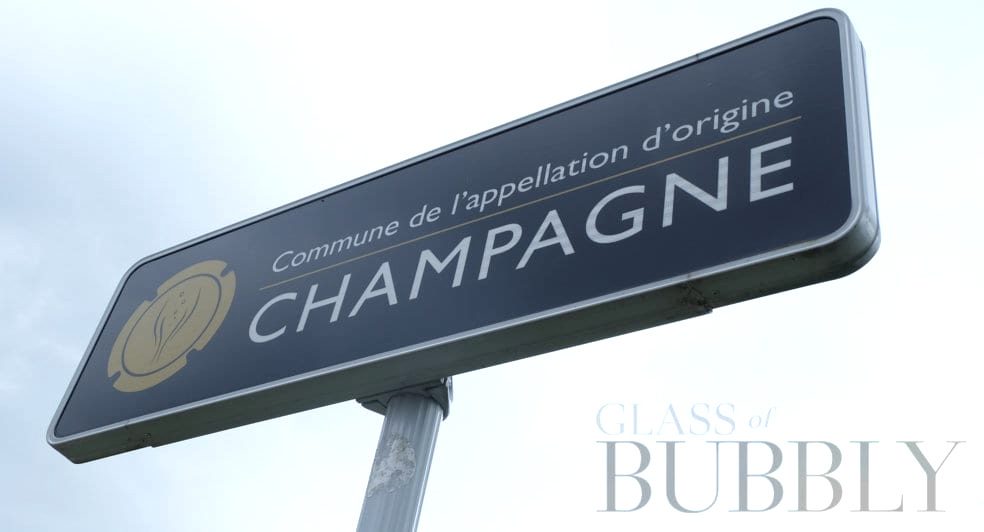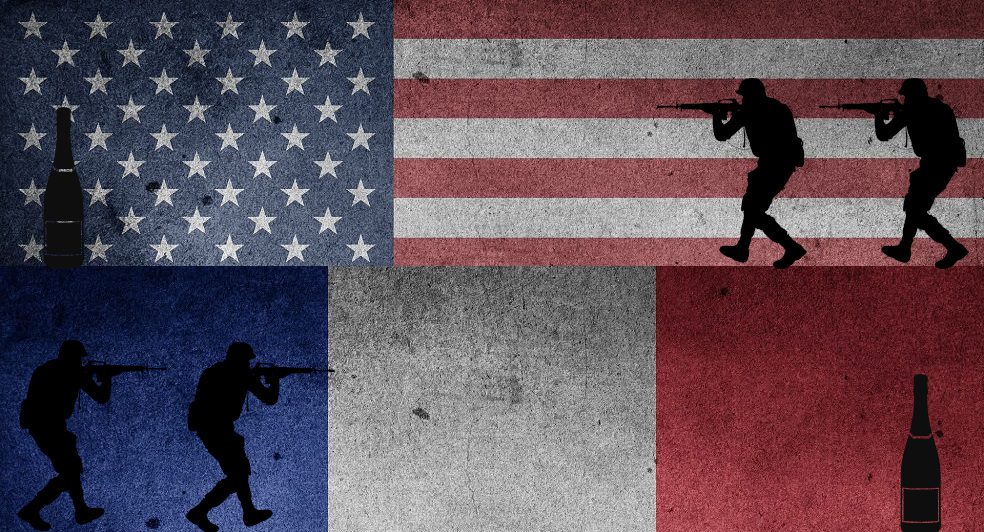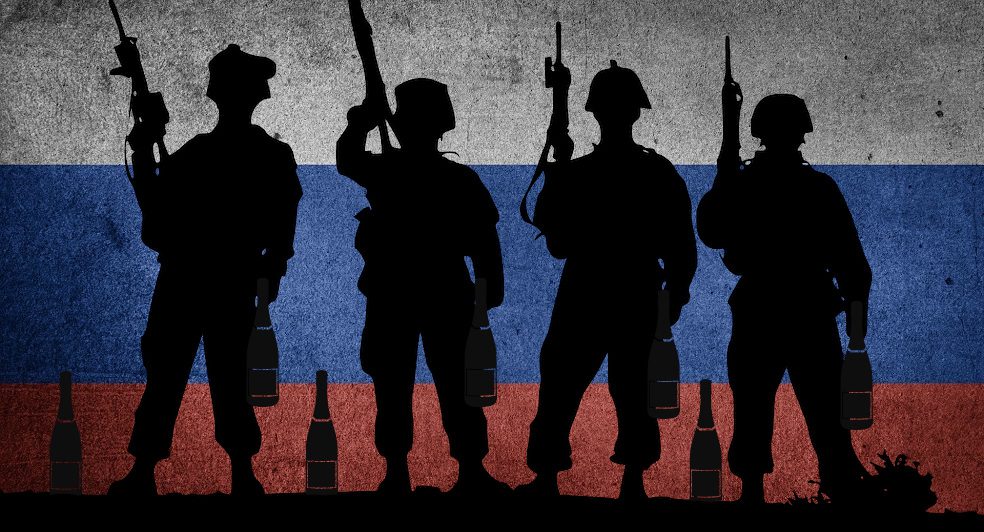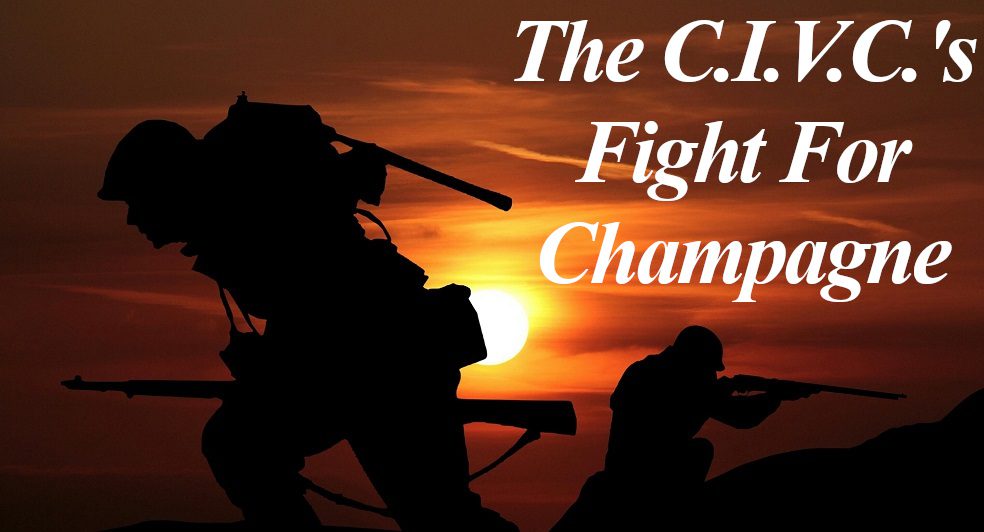The War On Champagne
13th October 2022

We all know that the word Champagne is very much protected by the C.I.V.C. or otherwise known as Le Comité Interprofessionnel du vin de Champagne.
This organisation was created during World War II, on April 12th, 1941, during this time the Champagne Region was being taken advantage of by the invading forces from Germany, under the orders of Otto Klaebisch, the man placed in charge of the Champagne region.
Otto Klaebisch would start demanding the production of 400,000 bottles a week to be shipped to Germany, that quantity of Champagne would be nearly impossible to meet.
So during the spring of 1941, a collection of Champagne houses came together and formed a union, they called it the ‘Comité Interprofessionnel du vin de Champagne’ (C.I.V.C.), which translates to ‘Champagne Wine Interprofessional Committee’.
The head of this committee would have to go head to head with the Weinfuhrer, Otto Klaebisch, this brave man ended up being the head of Moët & Chandon, Count Robert-Jean de Vogüé, he was one of the most respected men in the industry at that time.
 There is a lot more history to Champagne during World War II, you can read all about the brave and incredible story here: What Happened To Champagne During World War 2
There is a lot more history to Champagne during World War II, you can read all about the brave and incredible story here: What Happened To Champagne During World War 2
Today the C.I.V.C. is charged with organising and controlling the production, distribution, and promotion of the Champagnes of Champagne, as well as conducting research to protect and help further the advancement of the industry.
The C.I.V.C also regulates the size of the harvest and limits the production of wine in order to maintain Champagne’s market price, it wasn’t until 1990 when the C.I.V.C. stopped setting the price of grapes.
Perhaps the most important role of the C.I.V.C. outside of the Champagne region is to safeguard the name Champagne, which is a protected designation of origin as well as an invaluable trademark.
They are the FBI, CIA and Special Forces of the Champagne world, if someone titled an article, for example, ‘Where To Enjoy English Champagne’ the C.I.V.C. would find you and first request you change the title, before threatening legal action.
Champagne is protected by the C.I.V.C.like an overbearing mother and so it should be, although they can come down a bit harsh for people who make a mistake, they come down like a ton of bricks for people trying to take advantage.
The name is worth a lot of money and when someone misuses the name Champagne, it devalues it and can cause confusion, Champagne comes from a specific region in France, called the Champagne Region, you won’t and can’t legally find Champagne being produced in Spain, Italy or England so that example I mentioned above ‘Where To Enjoy English Champagne’ would cause confusion amongst the readers and start to undo the billions of pounds spent in marketing to build up the name and image of Champagne.
When Was The Word Champagne Protected?

In 1919 The Treaty of Versailles was signed, which included placing limits on the use of the word ‘Champagne’, the French wanted the word Champagne to only be used when referring to Champagne made in the Champagne Region, in the Traditional Method from Champagne Grapes, Grown in Champagne.
The C.I.V.C.have had many legal bottles over the years as the name Champagne grow in popularity, including the following:
- 1960: Case against ‘Spanish Champagne’, in London
- 1972: Japan agrees not to use the name ‘Champagne’
- 1973: Bilateral reciprocal protection agreement between France and Spain
- 1987: Case against Perrier mineral water in Germany
- 1994: Case against « Elderflower Champagne » in Great Britain
- 1984: Case against ‘Champagne’ cigarettes, in France
- 1990: Case against ‘Schaumpagner Paris-Night’, in Switzerland
- 1993: Case against ‘Champagne de Yves Saint Laurent’ perfume, in France
- 2002: Case against ‘Arla: the yoghurt with the taste of Champagne’, in Sweden
And most recently and most famously in 2013, a case against Apple, when they announced the release of a new iPhone colour, they named it ‘Champagne’, the C.I.V.C. wasn’t happy and Apple changed the name.
The French – American Champagne Battle

Although the C.I.V.C.has done an almost impeccable job in securing the name Champagne, it wasn’t able to conquer America in time.
It was only in 2006 with a revisited contract with the United States that they signed and agreed not to allow any new American wineries to call themselves or their Wines/Sparkling Wines by the name of Champagne.
The word ‘New’ is really what you have to focus on, Wines have been made in California since the 1860s, and when they made Sparkling Wines, they typically labeled them as Champagne, along with mentioning that they were from California, which meant that any winery that already called themselves or their Sparkling Wines by the name of Champagne are able to continue to exist as Californian Champagne.
So France and America came to an agreement, but it was not the perfect result that the C.I.V.C.was hoping for, having another country calling their Sparkling Wines, Champagne, does have a negative effect on the C.I.V.C.’s protection of Champagne, although many people enjoy Californian Champagne, it does create a split image for the American people on what Champagne really is.
The C.I.V.C. Russian War
 History is built on the blood of the fallen and although a relatively successful campaign against American Champagne, there is another country that has forced the C.I.V.C. to the front lines again.
History is built on the blood of the fallen and although a relatively successful campaign against American Champagne, there is another country that has forced the C.I.V.C. to the front lines again.
Unlike America still wanting ‘Champagne’ to be enjoyed by its people, Russia has taken the fight against Champagne and C.I.V.C. to another level.
On the 2nd of July 2021, Russian President, Vladimir Putin signed into effect a law reversing the use of the word ‘Champagne’ in the Russian market for Sparkling Wines produced in Russia.
This means Russian Sparkling Wines can now call themselves Champagne and French Champagnes imported into the country can no longer call themselves ‘Champagne’.
Yes, you read that correctly, French Champagne can no longer call itself ‘Champagne’ in Russia, this act took both France and the C.I.V.C. very much by surprise and there doesn’t seem like much the C.I.V.C. can do about it at the moment, for the first time in years the C.I.V.C. is losing.
Russia is a big market for ‘Champagne’, big and small Champagne houses alike sell lots of bottles to the country, some Champagnes outright refused to change their labels for the Russian market, some were still undecided and some, like Moët Hennessy spent hundreds of thousands of Euros to remove the word Champagne from the labels going to Russia to comply with the new Russian law.
“The Moët Hennessy Champagne houses have always respected the law in place wherever they operate and will restart deliveries as soon as it is able to make the [label] changes,” – Moët Hennessy
Moët Hennessy did, at first, threaten to stop sending their Champagne to Russia but within a few days complied, Moët Hennessy has since pulled out of Russia over the Russia-Ukraine war.
Many Champagne houses would have needed to find a new market to fill the gap that Russia left in their sales, but it’s not the first time Russia has labeled their Sparkling Wines as Champagne.
In 1928, Stalin ordered the creation of a luxury drink to become available to the masses and it was called ‘Sovetskoye Shampanskoye‘ which translates to ‘Soviet Champagne‘.
I’m sure the final pages of the Russian Champagne story are yet to be written, Russia made a very strong and bold move banning the name Champagne from external Sparkling Wines being sold in their country, Russia shows no signs of changing their mind and I’m sure the C.I.V.C. will not rest until they’ve regained control over the name ‘Champagne’.

Informational Credit: Champagne Wikipedia – External Sources
Image Credit – Russian Flag – American Flag – French Flag – Champagne Bottle – Soldiers – Soldier – Sunset War – Head – Soldier Head
![]()
Oliver Walkey
Champagne and Sparkling Wine Writer, Focused on Bringing the Exciting and Fascinating World of Bubbly to You.
